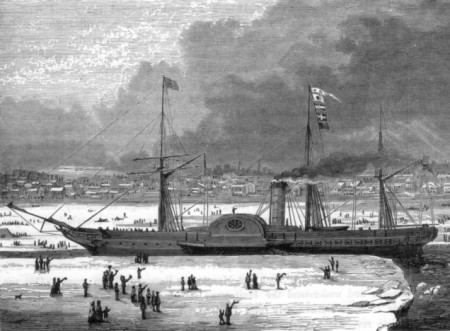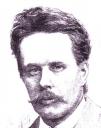The front page lead story in the Glasgow News of 23rd December 1930 was on the death of the Scottish novelist Neil Munro. Its triple-decker headline read:
Death of Neil Munro
Passing of a Great Novelist
Genius in Journalism
Politics, crime, the economy were all relegated to second place. Over the next few days the News would publish four separate appreciations of Munro from prominent Scottish writers of the day such as R B Cunninghame Graham and J J Bell.
Although Munro was buried in a simple family ceremony at Inveraray, on the same day civic dignitaries, representatives of Glasgow and Edinburgh Universities, the churches, An Comunn Gaidhealach and the press attended a crowded memorial service in Glasgow Cathedral.
Munro’s death was treated as a major event and all the Scottish and British newspapers carried appreciations of his work and accounts of his career. All would probably have agreed with the comment of one writer who observed: “Neil Munro is dead, and a light has gone out in Scotland.” A much-loved author had died and his death seems to have moved the nation in a quite remarkable way.
There was little in Munro’s background or early life to suggest the high place in Scottish literature, or in the national consciousness, that he came to occupy; indeed his birth and childhood could hardly have been more disadvantaged.
Born on 3rd June 1863 in the Argyllshire town of Inveraray, to Ann Munro, an unmarried domestic servant, Neil Munro grew up with the problem of illegitimacy and in very modest circumstances. He never knew who his father was, although local rumour has persistently suggested a member of the family of the Dukes of Argyll.
In the 1871 Census the young Neil was recorded as living with his grandfather, a retired crofter. Ann Munro married the widowed Malcolm Thomson, the Governor of Inveraray Prison, in 1875, but at the 1881 Census Neil was staying with his great aunt Bell MacArthur, a former agricultural worker. This family background, with its roots in the Argyllshire countryside, meant that Munro was brought up bi-lingually. Gaelic culture and the Gaelic spirit informed much of his writing, although he never published any works in that language.
After attending school in Inveraray, Munro about the age of 13 entered the local law office of William Douglas as a junior clerk. This was an odd appointment. Nothing in Munro’s background made a career in the law likely; his fellow clerks were from a more conventional middle-class background – a doctor’s son and a lawyer’s son. The job was in fact wished on Munro. He later wrote he was:
…insinuated, without any regard for my own desires, into a country lawyer’s office, wherefrom I withdrew myself as soon as I arrived at years of discretion and revolt.
Nor was it just any country lawyer’s office. William Douglas was a central part of the Argyllshire establishment: Clerk to the Commissioners of Supply, Clerk to the Lieutenancy of Argyll, and later, Sheriff Clerk and Justice of the Peace Clerk. Perhaps the string-pulling that had landed the bright young Munro such a coveted job was connected with the mystery of his father’s identity.
For the remainder of this article please click here










